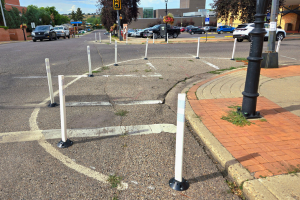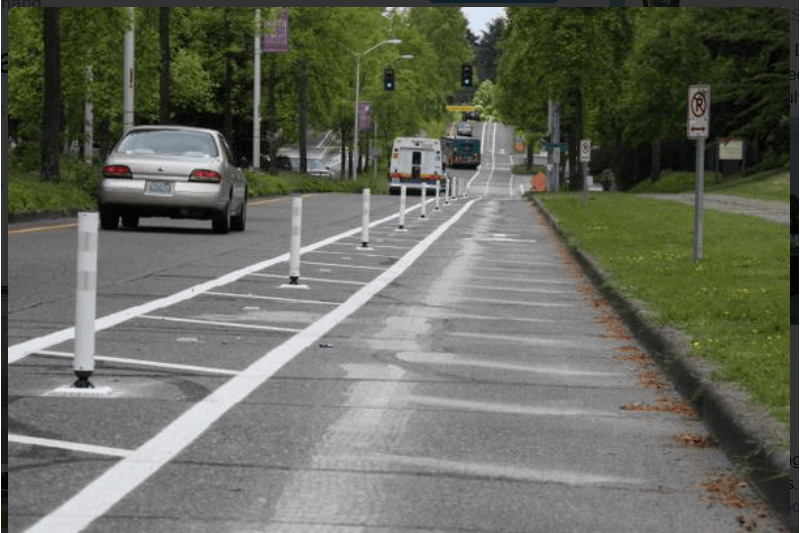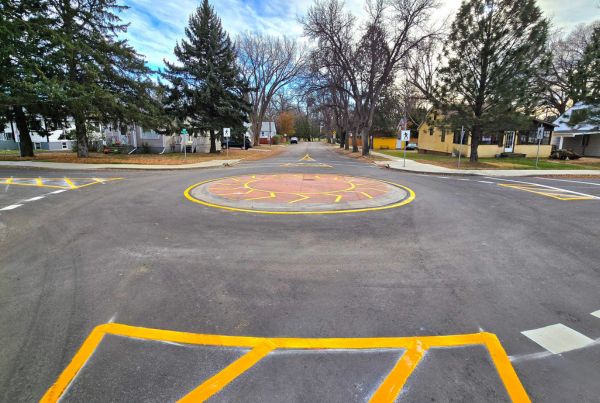In addition to physical infrastructure, traffic calming often involves the use of signage, pavement markings, and landscaping elements to create a visual and psychological environment that prompts drivers to reduce their speed and be more aware of their surroundings.
Staff will review the effectiveness of the pilot measures over a two-year period. Results and learnings will be incorporated into the City’s:
- active transportation strategy,
- transportation safety strategy, and
- transportation master plan.
Future implementation of traffic calming measures may be considered at that time.
How is traffic calming introduced?
We receive numerous service requests relating to transportation safety concerns such as residential speeding and ensuring our road network is safe for emerging trends such as active or multimodal transportation.
1. Identify need
A preliminary review of the location allows us to identify or confirm potential issues and prioritize for further analysis.
2. Data collection and analysis
We follow best engineering practices and industry standards/guidelines established by the Transportation Association of Canada. We have established warrant assessment protocols for posted speed reviews and pedestrian crosswalks. Staff will deploy tools to measure operating speed and traffic volumes. Site visits and visual observation help confirm the need for traffic control and/or traffic calming measures.
3. Identify the appropriate tool and technique to meet the desired outcomes
Appropriate traffic calming measures are assessed on various factors including road classification/design, traffic volumes, vehicle types (heavy truck/dangerous goods), residential impact, and available road right-of-way. If traffic calming is recommended, the location is placed on a prioritized list for implementation.









